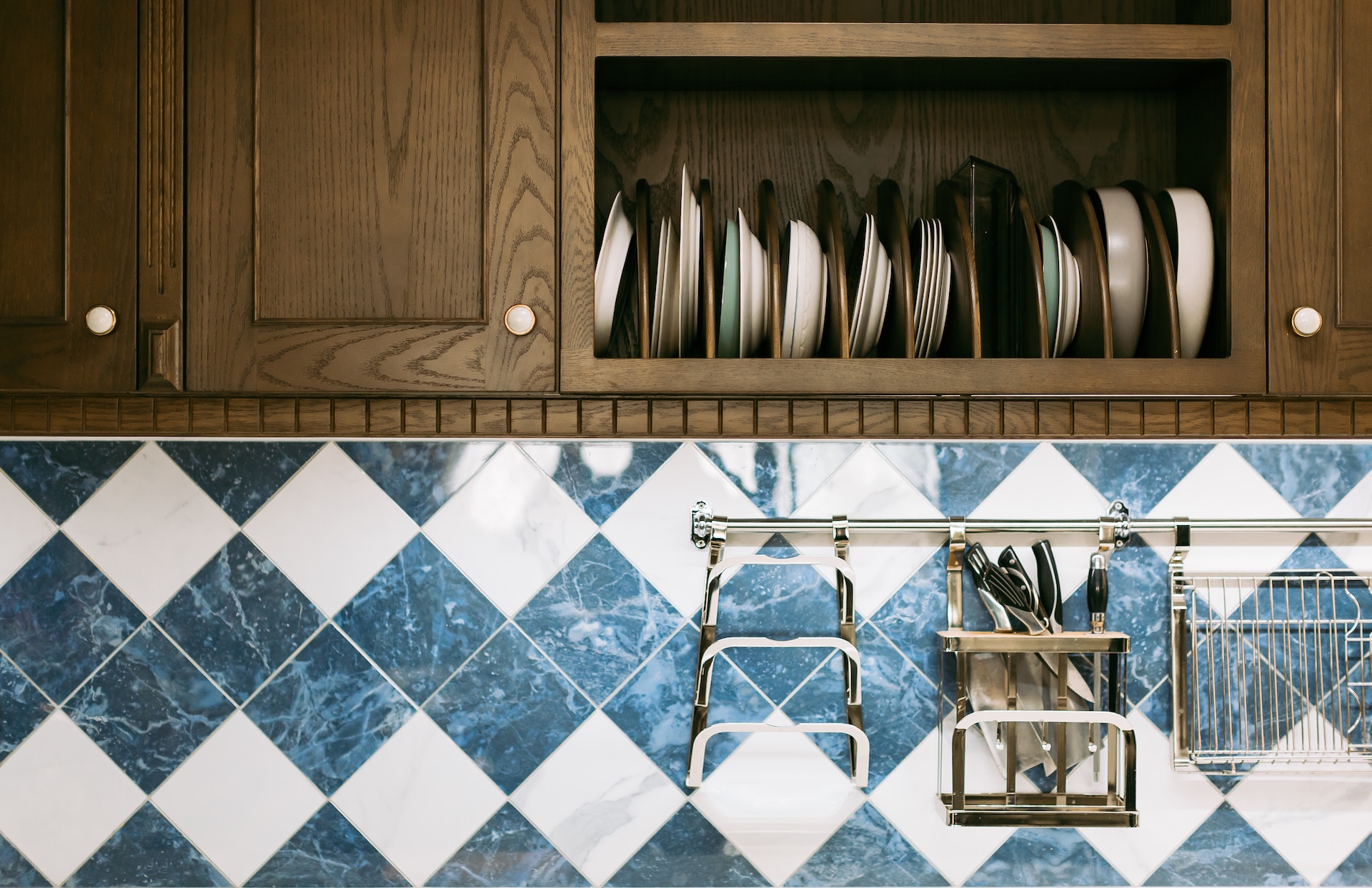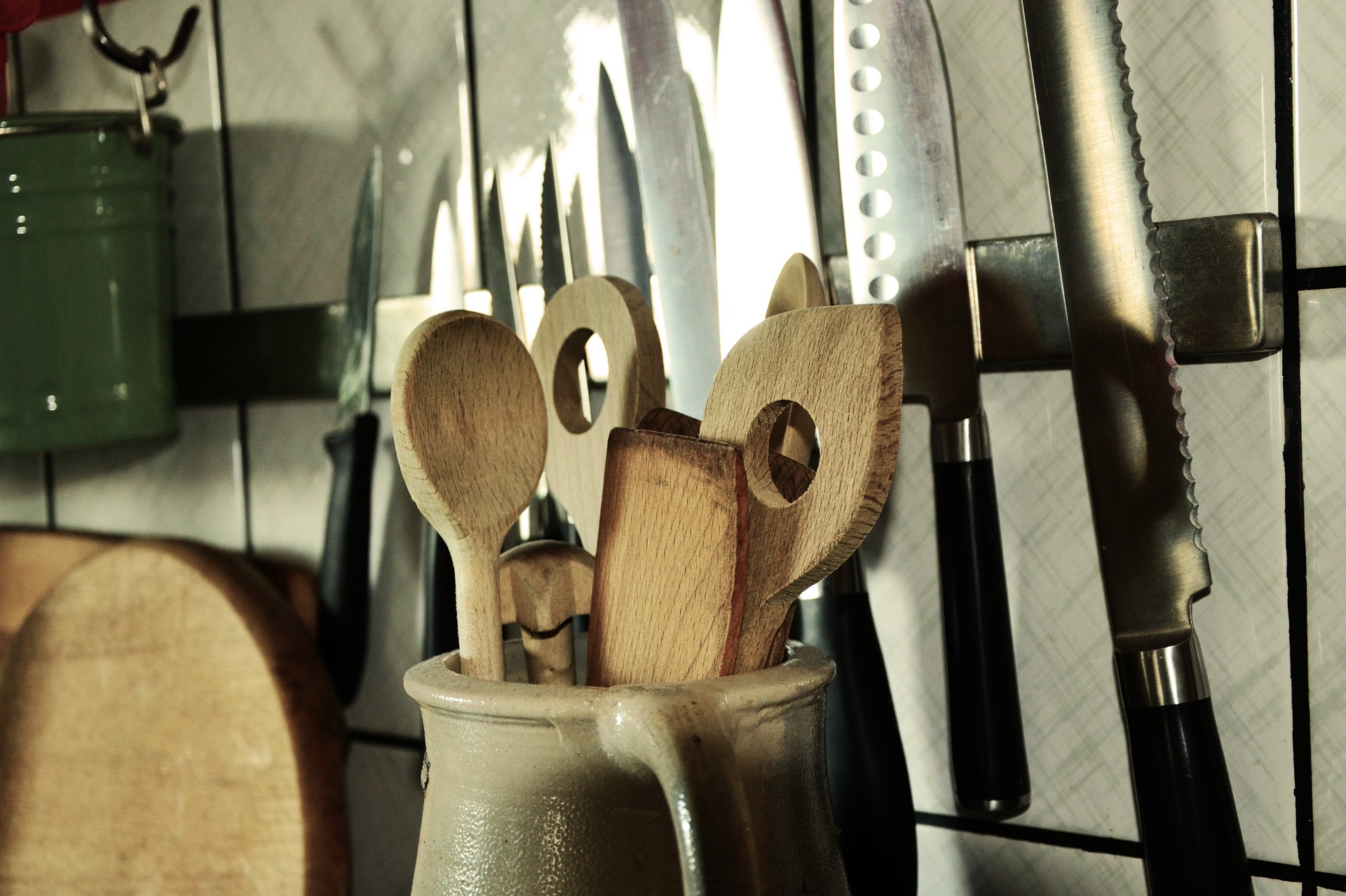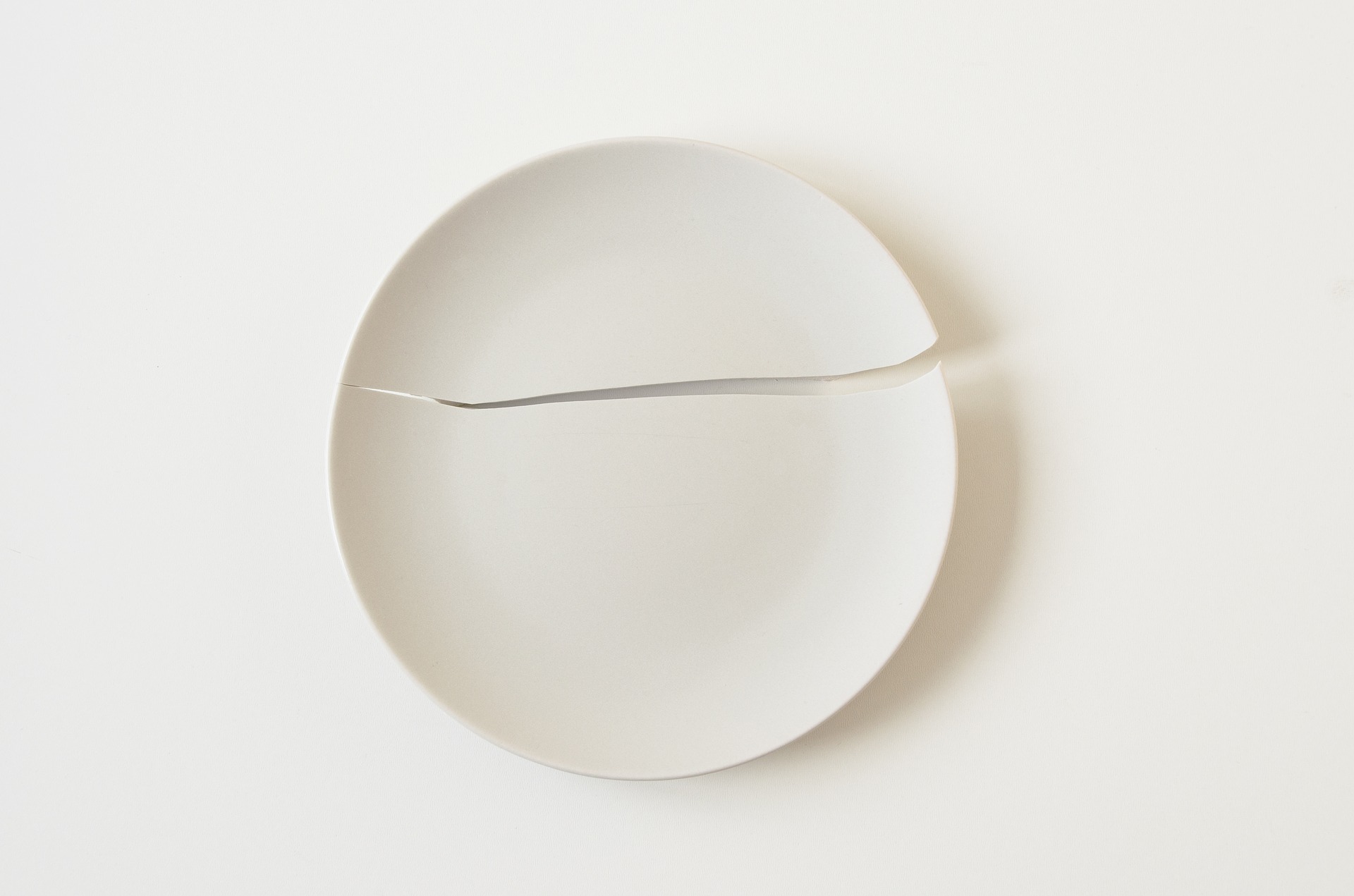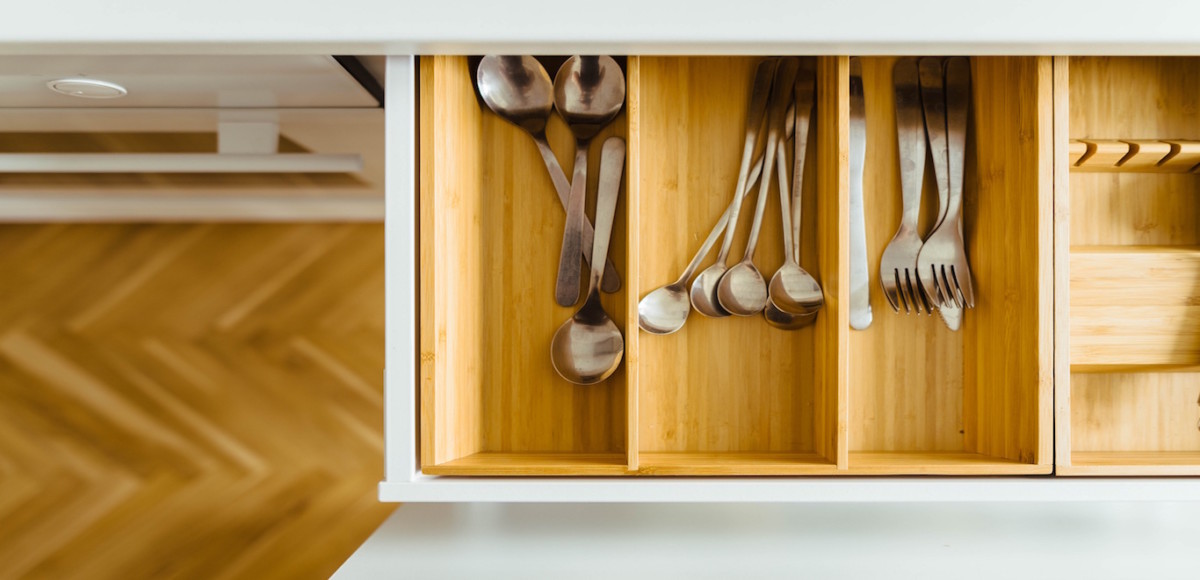One of the busiest and most beloved parts of any home is the kitchen. It’s where we nourish our bodies, share food with friends and family, and begin to unwind after a long day. Because kitchens are such a high-use area, they can also be one of the most difficult rooms to pack ahead of a move. Not only are you tasked with packing a large volume of potentially fragile items, kitchens are also usually one of the last spaces in a home to be packed away — meaning you may be short on time to get the job done properly.
Everyone deserves a happy, stress-free move, and all your favorite kitchenware should make it to your new home in one piece. Here are a few expert tips for packing fragile kitchen items with care.

Materials for a Smooth Move
From expensive dishware to family heirlooms, kitchens can feel like an exhausting space to pack. Naomi Cook, a professional organizer and the owner of Open Doors Organizing, offers helpful advice for how to pack a kitchen for moving. To get started, you want to make sure you have all the right materials on hand.
“When it comes time for getting materials for packing your kitchen, I recommend heading to your local liquor or grocery store, where they have tons of free boxes,” says Cook. “These boxes are small, but they’re great for packing kitchen glasses and stemware.”
Using liquor or wine glass boxes for packing is ideal because these boxes include cardboard separators that enable you to wrap and store glasses individually. This minimizes the risk of glass or ceramic pieces jostling against each other during the move and chipping, cracking, or breaking. These boxes are also excellent for storing decorative items you might have around your kitchen, such as thin flower vases or glass candle holders. You can also order brand new cell boxes online or purchase them from outlets like The Container Store or U-Haul.

Keep Dishes Safe
Like glasses and stemware, dishes are also at risk of breaking easily during a move. If you’re wondering how to pack dishes with minimal damage, then you can find pre-made cell boxes for your dishes just as you can for glasses. Look for “dish saver” kits or “dish packs” when you’re buying packing materials.
If you’d rather DIY, then start with a box that’s close in size to the diameter of your plates or bowls. Line the bottom with newspaper or kitchen towels, and then wrap dishes individually with newspaper, thin towels, or bubble wrap. Cook recommends placing plates vertically into boxes rather than stacking them horizontally. “If you place the plates horizontally in the box, there’s a good chance that if the box is dropped or even jostled around, it can cause a chain reaction and all the dishes might end up broken,” she says.
Remember that dishes can get heavy quickly, so you may have better luck with several small boxes rather than one large box.

The Secret Is Stacking
One of the most difficult kitchen items to pack is cookware, due to both its awkward shape and its heaviness. The trick for how to pack pots and pans is to nest them inside of a large box. Make sure the bottom of the box is reinforced, and then line it with a towel or newspaper, just like with your dishware.
Start with your largest pot or frying pan, and then nest several smaller pieces of cookware inside your stack. Use newspaper, towels, or bubble wrap between your pieces to prevent banging and scraping. If possible, reserve one large piece of cookware for the top of the pile, which can be flipped upside down on top of the stack to help cradle the nested items inside.

Wrap for Safety
Fragile items have the best chance of surviving a move if they’re carefully wrapped. The best way to pack kitchen appliances is to use bath towels or thicker clothing, like heavy sweaters or sweatshirts, to keep items safe. This saves you the expense of having to buy additional packing materials.
Remember that nesting works with small appliances, too. For example, a parcel of bubble-wrapped silverware might fit perfectly inside your blender or a large vase.
With these tips, you are well on your way to achieving expert status when it comes to how to pack your kitchen for moving. CORT Furniture Rental can conveniently deliver the furniture and décor to help you effortlessly settle in to your new home.







